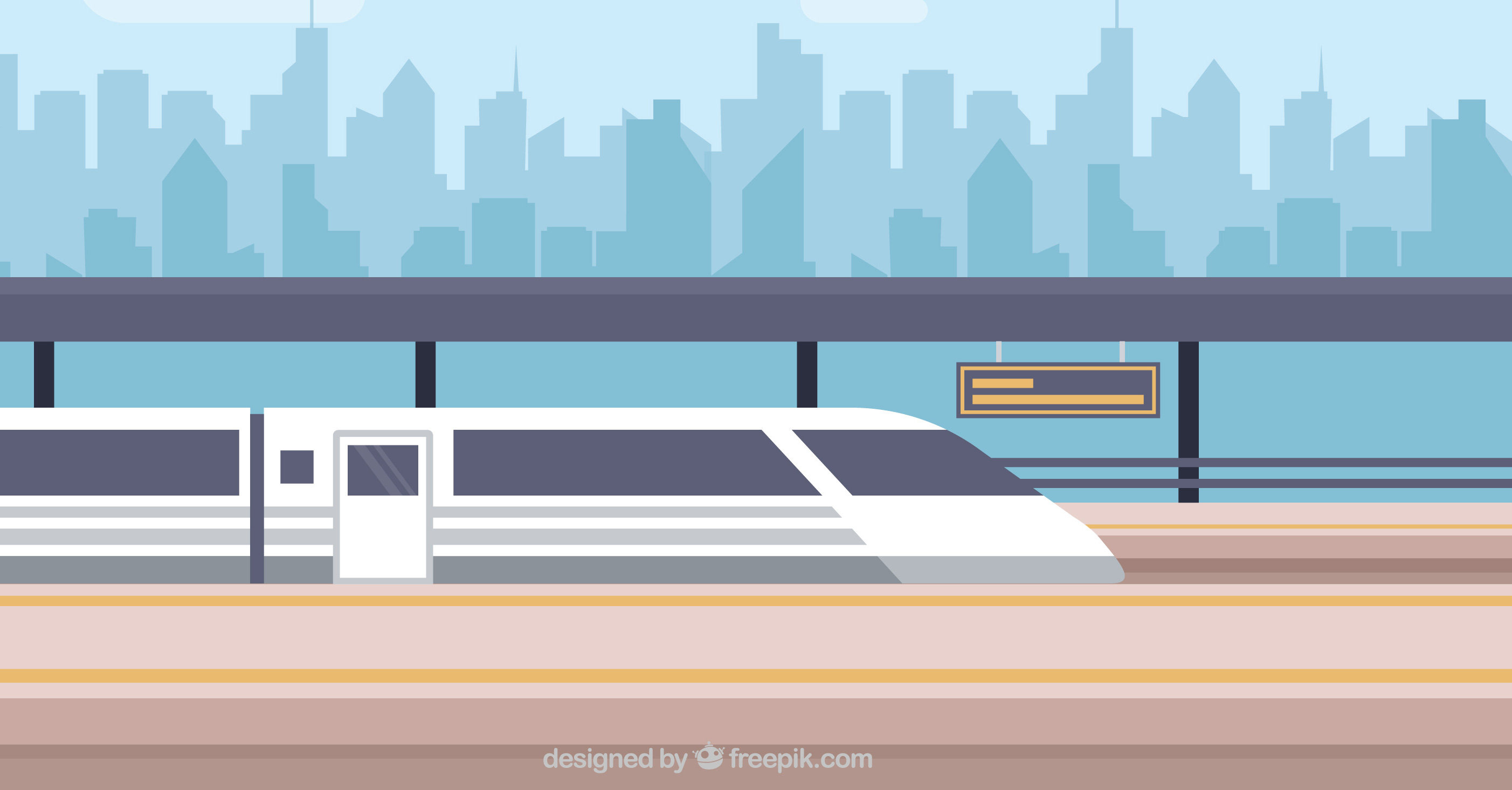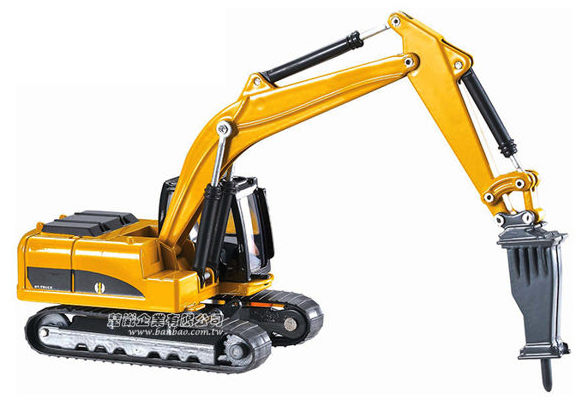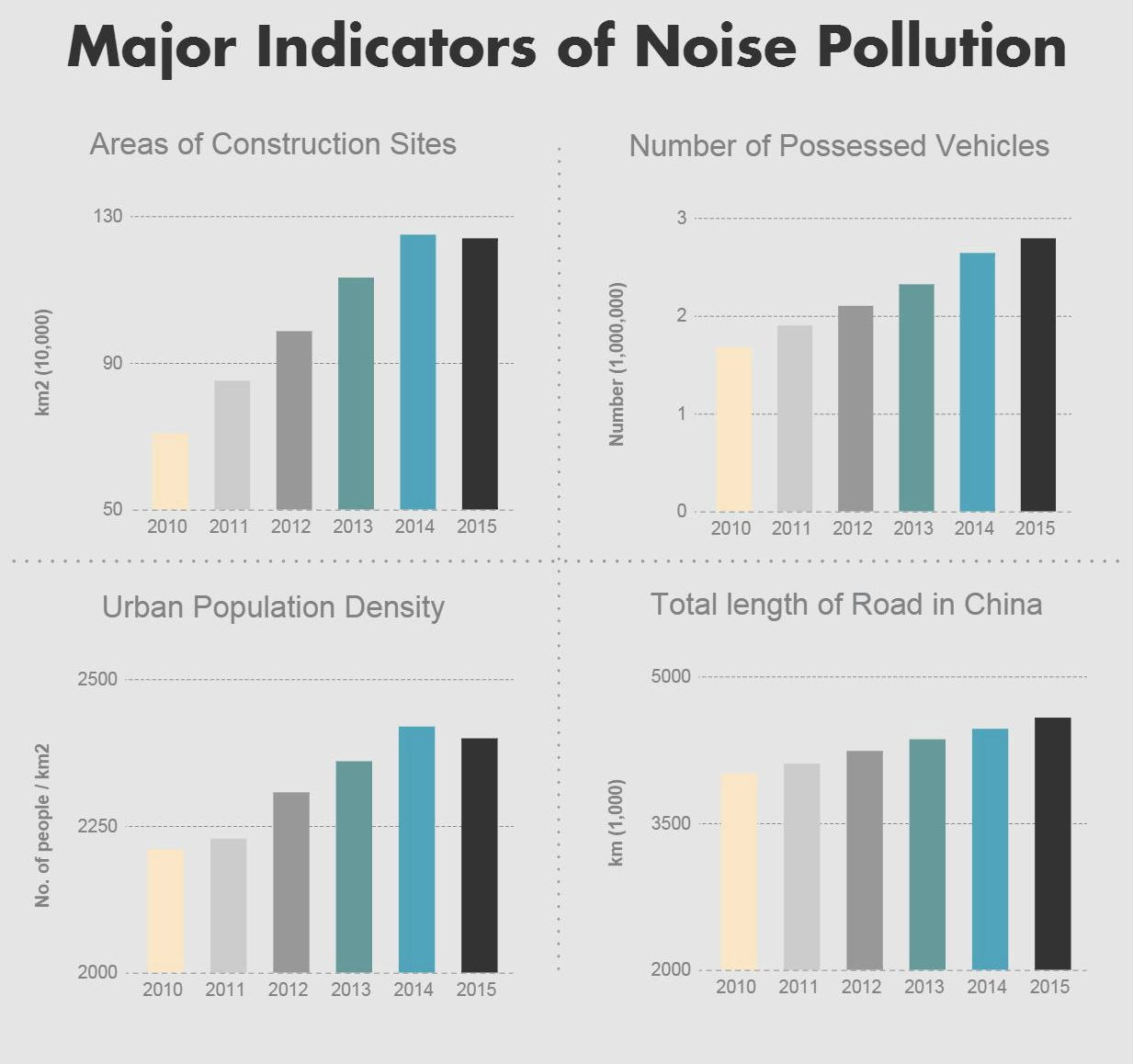“Silence! Silence!”
There are, admittedly, fractions of moments that strike every urbanite when they wish they were judges pounding a gavel resentfully and claiming back the golden silence of their own from the hustle and bustle of urban life.
And the bogey of noise is not exclusive to our times. “In a thousand senses, I proclaim the indispensable worth of Silence, our only safe dwelling-place often”. So wrote Thomas Carlyle, a Scottish historian, in a letter to his friend in 1840 - when all the mechanical monsters condemned as noise sources were still beyond imagination.
Noise is often defined as the sound that is unwanted, disturbing, annoying, and even detrimental to health when it is excessive and becomes noise pollution. Intrinsic to the modern soundscape, noise is everywhere, yet in many cases nowhere to be solved.
According to the United Nation, noise pollution is regarded as “an increasingly omnipresent, yet underestimated, form of pollution”. A report by World Health Organization in 2011 shows that at least one million healthy life years are lost every year from traffic-related noises in Western Europe.
As in China, an increasing emphasis on noise pollution has been witnessed in recent decades, in tandem with its ambitious plan of urbanization, the astounding economic development and the overwhelming number of population.
The Chinese Ministry of Environmental Protection has published annual reports on environmental noise prevention and control since 2011, demonstrating the situation of environmental noises in China with possible solutions proposed.

Thumbing through the reports from 2011 to 2017, one may soon realize the danger of the background grumble of our daily life and how noise is more than a nuisance. To begin with, there is something about noise that you need to know.
Introduction to Noise 101
So, to what extent should an “unwanted sound” be considered as “noise”? Have a look at our interactive body map and embark a journey through the soundscape in your mind.






Infrasound










 Eardrum Rupture
Eardrum Rupture
Imagine walking in the quiet suburb areas at midnight – no traffic, no residence, no murmuring of insects with no names – that’s about 30 decibels (dB), also the WHO recommended level of sounds to have a good night of sleep.
When it fluctuates between 40 and 50dB, which are still considered to be a “comfortable” sound level, it is equivalent to the sound of typing or printing in a quite office where no one talks, yet considered to be disturbing for medical, education and residence areas at night, according to the annual reports.
At 55dB, a similar sound level to people talking in normal voice, could be affecting the aforementioned areas during the day, while noises between 55 and 60dB will be “slightly noisy” and categorized as “average” level of urban environmental noise.
To goes beyond 70dB, noises are considered to be “pollution” and start to distract people from what they are doing. The sound of phone ringing, the environmental sound inside a moving train, noises at this level can result in a rise in blood pressure with a decline in concentration.
A bus passing by at around 80dB, a dog barking ferociously at around 90dB, human would feel very uncomfortable, with the levels of endocrine starting to change and resulting in anxiety and bad headaches. Working in a sound environment with noises higher than 80dB would also cause blurred vision and dizzy head.
It would be ‘extremely noisy and uncomfortable’ when the decibels arrive at 100dB, which is similar to a train passing by an iron railway bridge, whereas the singing of Karaoke inside a confined room would reach at 110dB, causing reflective movement of muscles and the intention to sing and dance.
Beyond that, noises are no more fussy issues but deadly threats to our health. Severe damages would be made to ears when noises fly above 120dB to 130dB, equivalent to the sound of a working combustion engine of airplane. Hearing lost and eardrum rupture could be caused by noises louder than 140dB.
Quite alarming, isn’t it? In an effort to better prevent and control the adverse influences of the unwanted sounds, China has developed a series of measurements regarding the categorization of different urban spaces and standards of environmental noises in each zone at different time respectively.
The dozens of annual reports released by the environment protection ministry offered a glimpse of the noise environment of China from various perspectives – some are not so surprising, while the others are rather jaw-dropping findings.

